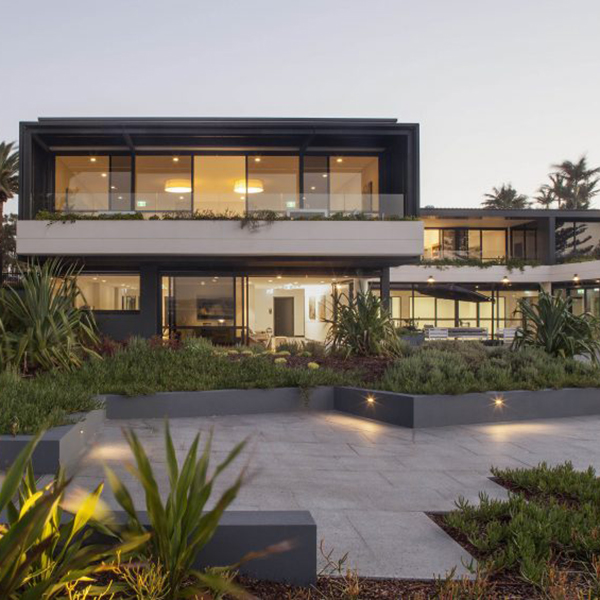Good design can make a real difference. A resort style centre for people with spinal cord injury (SCI), an app for hearing-impaired voters and a wearable device for children with autism, (see following story) were three winning entries at the 2017 Good Design of the Year Awards.
Taking out the Best in Category for Architectural Design was Sargood on Collaroy, a game-changing resort-style healthcare centre located on the Northern Beaches, Sydney that sets a new benchmark for helping those with SCI. WMK Architecture undertook workshops with end users to understand their requirements and aspirations. Unique features include extra wide doorways, a large two sided lift, automated doors and windows, integrated technology with equipment manageable from an iPad, height adjustable furniture and extra-large bathrooms. Integrated harness tracks to aid movement, windows to allow guests to gaze at the stars, windows at wheelchair height and seating designed to help people transition, were also included in the design.
Sargood ambassador Nick Taylor said everything about the facility was designed with accessibility a first priority. In contrast to a traditional hospice, Sargood is a five-star resort with villas that incorporate sophisticated interiors, advanced technology and communal spaces to encourage interaction, incorporate seascape imagery, maximise views and natural ventilation. This created a seamless connection of the outdoors with the indoors with the basement offering direct beach access and space for transfer to beach-going wheelchairs.
“It is the ultimate accessible resort with a vision and outcome, essentially driven by and paid for by the local community, for the community,” Taylor said.
Another Best in Category winner for App Design was the Victorian Electoral Commission (VEC Voters Voice), an iPad app that features a communications board that can be set up ahead of voting. It incorporates Easy English guides and Auslan footage that is provided for deaf or hearing-impaired voters or those with literacy issues. User experience is enhanced through the use of the guides for council elections and plain English information on enrolling and voting.
It is claimed to be the first of its type in the world to offer tailored voting technology, unlike other products that leverage either expensive software solutions or custom physical boards that do not have the capacity to provide information. The use of Apple’s iOS Accessibility APIs, developer tools and utilities, particularly around speech synthesis to deliver text-to-speech functionality, is an example of the creative use of technology.
The app also gives a voice to those members of the community facing particular hardships due to a physical, degenerative or intellectual impairment. Many people with complex communication problems either don’t vote or use postal votes due to the difficulties communicating with election staff and this free app enables them to fully participate. It empowers a section of the community typically under-represented in voting, in a non-threatening way.
Underpinning the app is a Content Management System that gives customisation opportunities and supporting changes based on built-in analytics and the ability to send notifications to voters.
Cost savings to the VEC were estimated to be in the vicinity of $1 million when considered against the cost of printing hardcopy communication boards and training up to 17,000 staff in the use of the boards for a State election, said to provide a massive and instant return on investment.The communication board can also be used in other aspects of their everyday lives like shopping.
The core modules can easily be taken up by other government service departments, who can adjust content to suit. The app has already been adopted by six Victorian councils.

